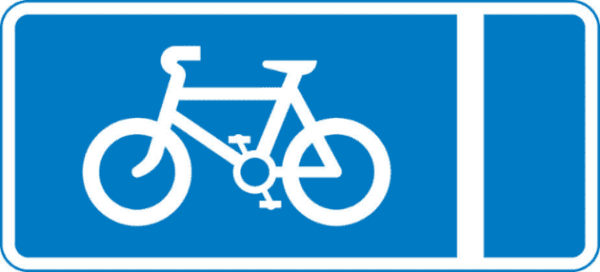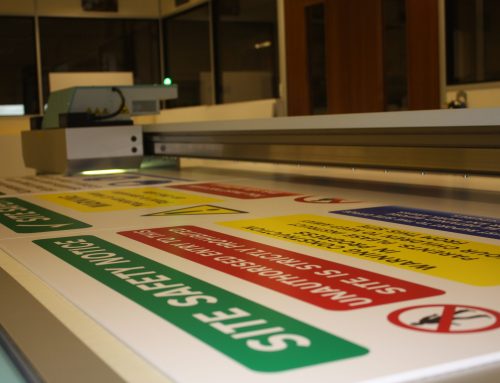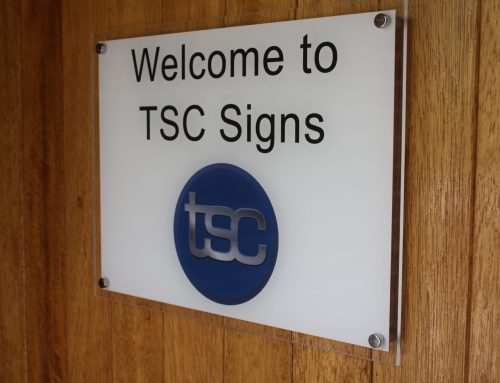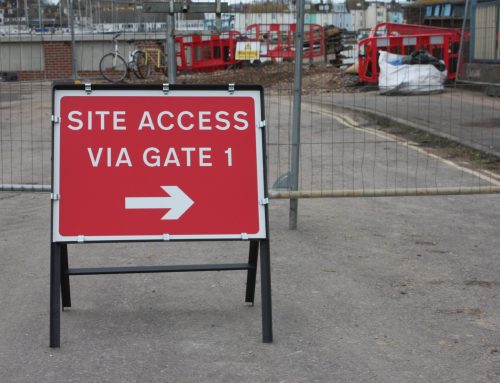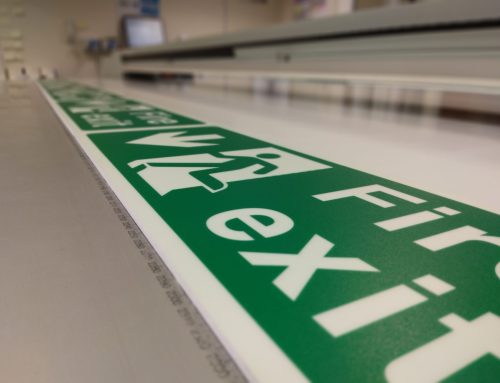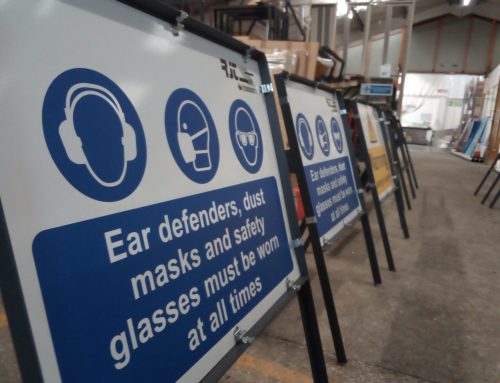Requirements For Permanent Traffic Signs in the UK
TSC Signs – Your Specialists in Traffic & Construction Signs
In the first of our series of blogs, TSC Signs explores the requirements in the UK for permanent signs. The team at TSC Signs has over 30 years of experience in producing traffic signs and can help and guide customers where required.
England’s Permanent Traffic Sign Regulations


Permanent traffic signs are used for road, rail and airport operations for guidance, warnings and to ensure traffic flow. If responsible for ordering traffic signs, there are two important regulations and standards documents to be aware of. These are:
1. Traffic Signs Regulations and General Directions 2016 regulations (TSRGD)
The TSRGD is a guide for traffic authorities, contractors and road users that describes and illustrates in detail all aspects of the use and display of traffic signs, from the font required, to the size and materials needed. It includes:

- signs that warn of hazards and signs for bridges and other structures
- upright signs that indicate regulatory requirements for moving traffic
- signs that indicate parking places and areas subject to parking controls
- road markings and miscellaneous upright signs that indicate stopping, waiting, loading and parking controls
- signs for speed limits
- directional signs
- matrix signs and light signals for the control of moving traffic on motorways and dual carriageway roads.
2. The Traffic Signs Manual
This manual is a practical guide to the standards required for different types of traffic signs including the design of signs, road markings, traffic control, and road work and temporary situations, amongst others.

Produced by the Department of Transport, the manual, which is broken down into eight sections, can be found online: www.gov.uk/government/publications/traffic-signs-manual
Warning, Regulatory, and Informative Signs
There are three main types of traffic signs in the UK, spanning temporary and permanent traffic signs, each with varying shapes and colour
1. Warning signs
Warning signs are outlined in chapter 4 of the Traffic Signs Manual and give road users warning of hazards up ahead. Generally warning signs are triangular, with the flat surface at the bottom but there are exceptions.



2. Regulatory signs
Regulatory signs are outlined in chapter 3 of the Traffic Signs Manual and give notice of requirements, prohibitions or restrictions, and therefore indicate what a road user should do to stay within the law.
The shape of regulatory signs varies, but those related to moving traffic are generally round. Circles with a red border tell you what you must not do (e.g., take a U-turn). Blue circles usually give a positive instruction, such as ‘turn left ahead’.


3. Information, directional and tourist signs
The signs explained in chapter 2 offer road users’ information about routes, places and facilities. This sign type is most often rectangular, though some directional signs have one end pointed to form an arrow and are placed in advance of junctions. Blue rectangular signs are used on motorways, green on primary roads and white signs for minor roads. Rectangular signs can also indicate bus lanes and congestion charge zones.
